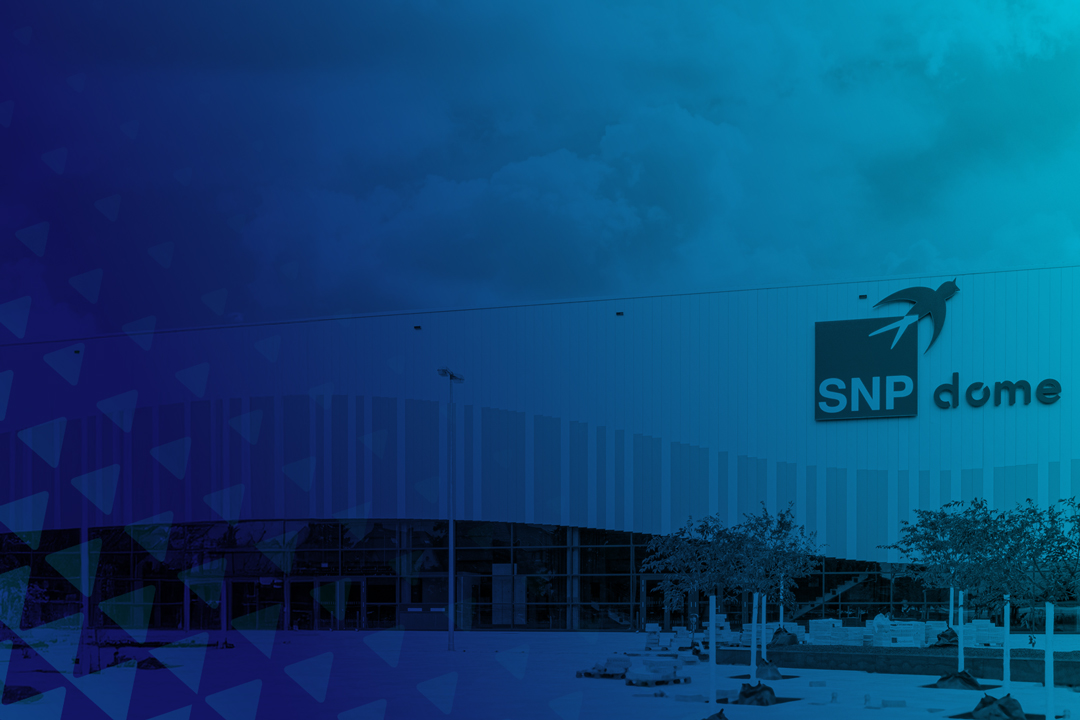Insurance industry SAP transformation: Get the foundation right
The insurance industry faces many new challenges: from new market players to AI and IoT. How to satisfy customers’ demands, lower costs, and accelerate growth in this fast-paced reality? First, let’s consider what success looks like for a digitalized company and how to achieve it. In this blog post, we explain how to overcome digital transformation hurdles and foster innovation.
Share
In 2017, McKinsey advised insurance companies to avoid the allure of emerging digital concepts (telematics, machine learning, automation, blockchain, etc.) and instead consider the bigger picture: What does success look like for a digitalized insurance company, and how can that success be achieved and measured? Process automation and building new direct sales channels alone would not solve the problem. Insurance companies had to think about fundamental changes to their business models and traditional industry boundaries.
The potential benefits cited were the same as they are today, including but not limited to:
- More precise supply chain risk underwriting
- New underwriting approaches such as micro-insurance, on-demand insurance, peer-to-peer insurance, and personalized pricing
- Fraud reduction
- Time and cost reductions through ecosystem integration
- Robotic process automation for claims management
Shift from risk mitigation to risk avoidance
The “triple prize” that McKinsey touted was the combination of satisfying customers’ demands, lowering costs, and accelerating growth. Tactically, companies could drive greater profits through higher customer retention rates (citing double the profit growth over five years with digitalization efforts), and in parallel lower operating costs via process automation (citing a 30% reduction in the cost of a claims journey as an example). More strategically, however, McKinsey theorized that the insurance company of the future will focus more on risk avoidance and less on risk mitigation.
Regarding information technology, McKinsey strongly advised insurance company CIOs to run IT like a profit center (not a cost or service center), modernize core platforms, and improve functional collaboration within the business. The outdated mainframe systems and custom-coded applications were not viewed as being viable for the future requirements of the business or for consumers.
Three new challenges ahead of insurance companies: insurtechs, AI and IoT
Fast forward to today and insurance companies are still struggling to make digital transformation a reality. There are three key differences between 2023 and 2017 that make change all the more imperative for insurance companies.
The first difference is the rapid rise of insurtech entities. New players that are entering the market operationally lean and using data and analytics to offer companies hyper-personalized insurance products. They don’t come with the operational, technological, and cultural baggage that traditional insurers tend to be burdened with.
Another key difference is the global explosion of interest and (sometimes ill-advised) investment in AI. AI can benefit all of the primary insurance business functions as well as the components of the digital insurance value chain: , sales and distribution, new business underwriting, claims, payments, and customer service. By putting historical, macroeconomic, and consumer data through powerful algorithms, insurance companies can achieve the triple prize McKinsey talked about in 2017.
The third difference is the exponential growth of data and devices. For example, there are an estimated 15.4 billion IoT devices in use today, such as connected thermostats and appliances, security systems, smart door locks, car devices, and home voice controllers. “With the ability to combine behavioral data generated by IoT with external factors, such as data from driving behaviors and neighborhood safety statistics, insurer adoption of predictive analytics to assess risk and set premium rates based on behavioral data will continue to advance.” We are talking about vast amounts of data generated and processed on a daily basis that will only grow larger. It’s no wonder that the insurance analytics market is expected to grow at a CAGR of over 14% through 2030.

What’s the holdup? Insurance companies are still running on legacy systems and infrastructure
With all these potential benefits and advances in technology, why has the industry not transformed faster? Many of the reasons are not specific to the insurance industry: fear of change, scatter-shot pilot projects with no clear expected outcome, and a lack of cross-functional buy-in. Specific to insurance, there remains a prevalence of mainframes and thus languages like COBOL and Assembler. These are dying skills, but companies are afraid to move to ERP or other modern alternatives because of a perceived lack of ROI and increased risk.
Many insurance companies have (at least partially) moved off mainframe systems onto ERP applications like SAP. Notable SAP users include Zurich, AIG, Blue Cross, Allianz, Farmers, Viridium, Generali Deutschland, and Swiss Re.
Fostering innovation on SAP systems
Too often, companies running SAP fail to upgrade or optimize their applications over time. These SAP systems are not digital transformation-ready and have maintenance requirements that consume precious capital which could, and should, be allocated towards innovation. Data quality issues and disparate siloed applications prohibit accurate data analysis and the benefits of AI.
But where to start? The functionality offered by SAP for insurance companies is expansive: incentive and commissions management, collections and disbursements, claims management, policy management, reinsurance, product management, quotations and underwriting, compliance and risk management. While insurance companies evaluate what current and future versions of S/4HANA will offer them, some may be wrestling with more fundamental issues such as when (or if) to move to S/4HANA, and when (or if) to move to the cloud. Couple these issues with a hard look at the state of their data, budget constraints, and talent shortages, and paralysis can quickly set in.
We know – we’ve seen it happen. The good news is that SNP can help insurance companies overcome transformation hurdles. Imagine the following:
- Harmonizing your data across multiple SAP systems and consolidating these systems for lower TCO.
- Obtaining your clean SAP core without risking business operations.
- Combining your S/4HANA pre-projects, S/4HANA migration, and move to the cloud into a single go-live that significantly reduces time, cost, and risk.
- Rightsizing your cloud environment the first time so you are not over-provisioned – or overpaying.
- Selecting and moving only the data you need to your new S/4HANA production environment to reduce both one-time and ongoing fees.
- Automating the archiving and deletion of data by record type based on regional and regulatory requirements.
- Integrating your SAP system with other applications and data repositories on-premises or in the cloud in real-time.
Establish a clean SAP core, pace your transformation efforts and keep your eyes on the prize
Now imagine doing all of this using the power of software automation, incorporating embedded testing and data verification and offering the smallest technical downtime windows available in the market today.
Far too many companies across all industries have made the mistake of leaping into advanced functional and technical pilot programs without addressing the fundamental issues that determine program success. By establishing your clean digital SAP core first, the scope and pace of your transformation efforts will only be limited by the pace of change your corporate culture can sustain. Whatever your current situation is, we have multiple insurance industry success stories from around the world to share.

